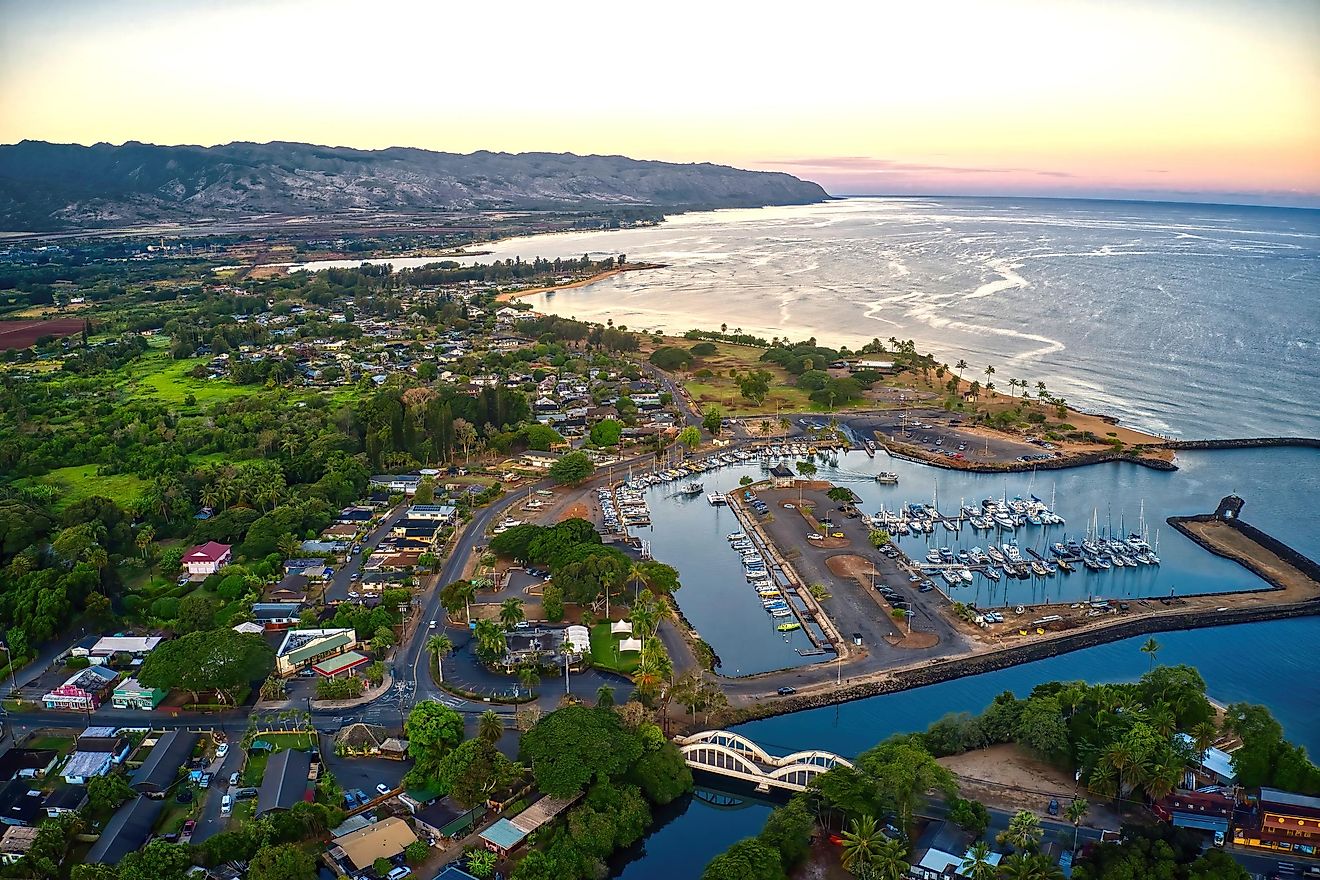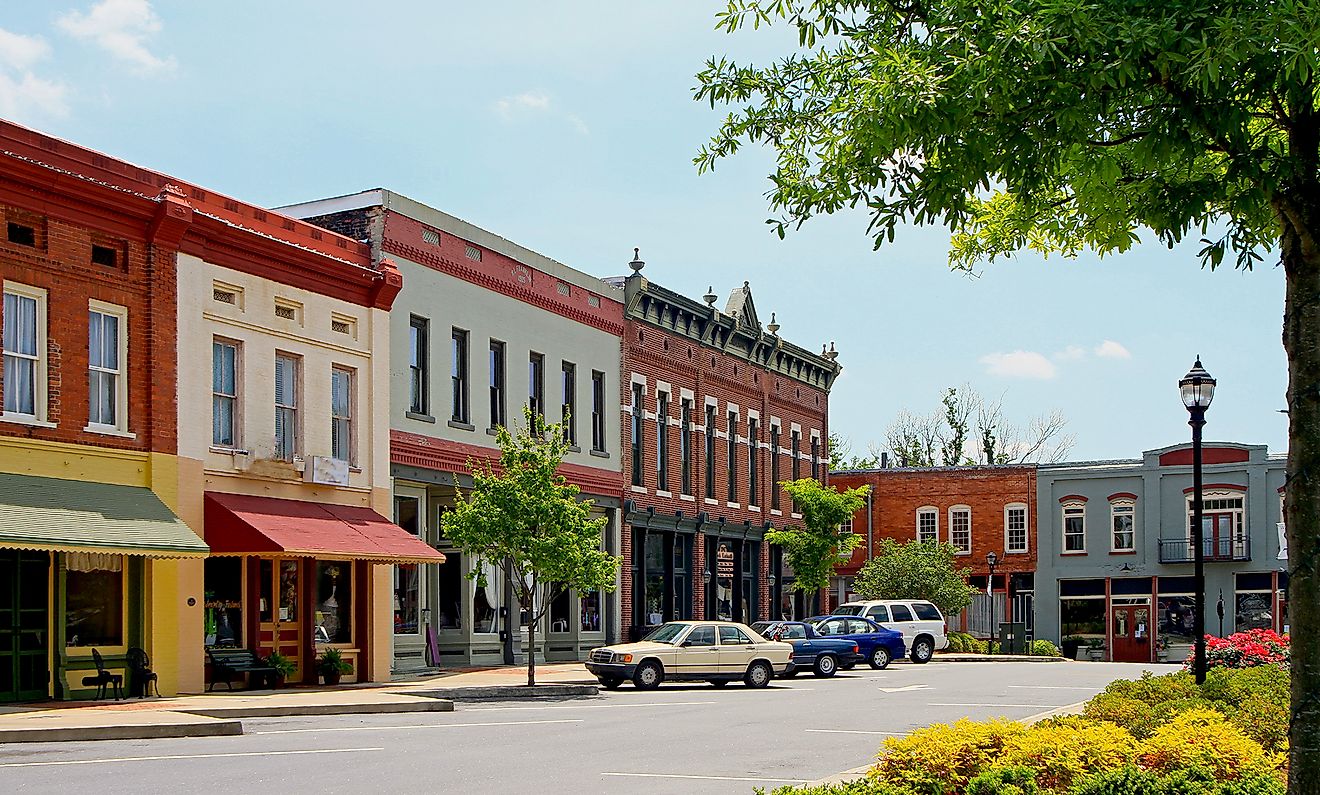
Fire Island, New York
Situated parallel to the southern shore of Long Island, Fire Island is the large center island of the area's outer barrier islands. A part of New York's Suffolk County, it contains many hamlets and two villages, as well as the towns of Babylon, Brookhaven, and Islip.
Geography Of Fire Island

Nearly touching the east end of Long Island, Fire Island is some 6.2 km off Long Island's south shore. It is separated by the Great South Bay, spanning several interconnected bays, including Moriches Bay, Bellport Bay, and Patchogue Bay. Fire Island has a total land area of approximately 24.9 sq. km. According to recent census numbers, Fire Island, considered a part of the Fire Island Census Designated Place, has a permanent population of just under 300; this number grows slightly in the summer months with an incoming tide of tourist activity. Accessible by vehicle through the William Floyd Parkway and the Robert Moses Causeway, visitors may also use seaplanes or ferries to reach the Island.
Climate Of Fire Island
On average, Fire Island gets 46 inches of rain and 26 inches of snow per year. 206 days out of 365 are sunny days, while 116 days receive some precipitation either as rain, snow, or hail. The warm months from June to August are typically the hottest, with highs in July of 27°C. The cool months from November to March are generally mild, with light snowfall. Lows in January are, on average, - 4°C.
Brief History Of Fire Island

The moniker of "Fire" is of uncertain origin, and historians have not reached any consensus on when or why it was chosen. Fire Island's modern history can be dated back to the 17th century when a whaling station was first constructed on the Island in 1653. It became an important whaling center throughout the 18th and 19th centuries. Named Whalehouse Point, the Island was a lucrative business spot for many locals. In 1825 the United States Federal Government constructed the Fire Island Lighthouse, which became an important landmark for many transatlantic ships arriving in New York Harbour. For many new immigrants, it was not the Statue of Liberty to welcome them to the United States but the Fire Island Lighthouse. As the 20th century progressed, Fire Island began to grow as a popular summer retreat; many New Yorkers were looking for places to escape from the city's increasing congestion, and Long Island and its immediate area were the ideal places. The 1950s saw a real estate boom, and summer houses, retail shops, restaurants, and public beaches were all constructed to entice tourists. These have been updated and modernized through the decades but always create a calm atmosphere for those who want to escape city sights and sounds.
Tourist Attractions In Fire Island

Besides many different beaches to choose from, Fire Island's visitors may also enjoy unique maritime landmarks; the Fire Island Lighthouse, which was used to guide generations of new immigrants on their transatlantic voyages, is a popular museum spot. An 8km stretch of beaches can be found at Robert Moses State Park. Visitors can also enjoy glimpses of local wildlife; from there, tourists will marvel at Fire Island's Sunken Forest, a unique maritime holly forest. Because of its extraordinary plant life, the Sunken Forest was labeled as "globally rare" by the New York Natural Heritage Program. A stroll through this forest is like taking a journey back into centuries of the Earth's natural history. For the boating enthusiast, Sailors Haven Marina is a must-stop. This Marina is a relaxing treat with restaurants, charming boardwalks, fantastic sea views, and a place to park your boat. After a visit to the Sunken Forest and the Lighthouse, or even after just a day at the beach, a stop at Sailors Haven is a great way to cap off a stay on Fire Island.
Today Fire Island is a great one-stop location for visitors and families, offering many fishing opportunities, sightseeing excursions, and plenty of beaches, stores, and restaurants to satisfy various tastes.











